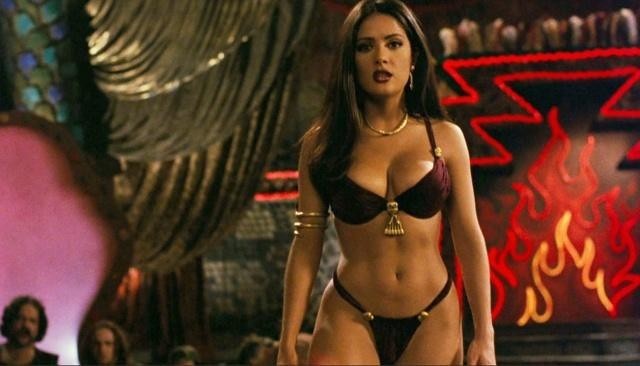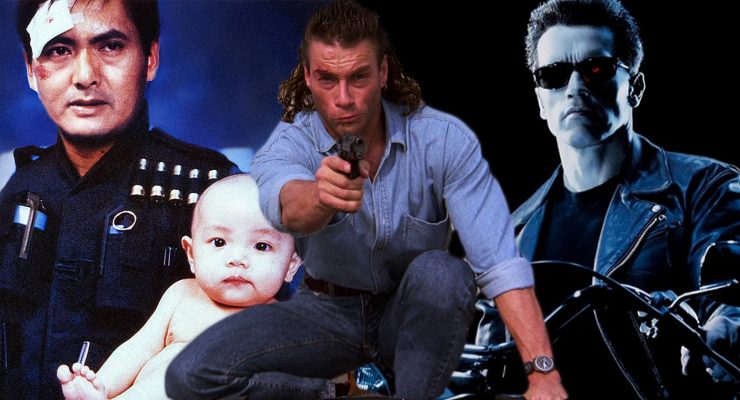Strange Darling, 2024.
Directed by JT Mollner.
Starring Willa Fitzgerald, Kyle Gallner, Jason Patric, Giovanni Ribisi, Ed Begley Jr., Barbara Hershey, Steven Michael Quezada, Madisen Beaty, Denise Grayson, Eugenia Kuzmina, Bianca A. Santos, Sheri Foster, Duke Mollner, Andrew John Segal, and Robert Craighead.
SYNOPSIS:
Nothing is what it seems when a twisted one-night stand spirals into a serial killer’s vicious murder spree.
Strange Darling begins by dropping viewers into its nonlinear structure, depicting Willa Fitzgerald’s “The Lady” wounded and on the run from Kyle Gallner’s “The Devil.” That latter nickname comes across as a cheat once director JT Mollner reveals the game being played here. The “everything is not as it seems” aspect also walks the line between a frustrating obviousness and a clever swerve here and there (a lack of crucial information in the opening credits text is an example of a more ingenious method of misdirection that feels fairer to the viewer.)
There is also no denying that, regardless of what is going on between these characters, they are embodied with a ferocious intensity that is all-consuming in a gleefully trashy sense. However, there is also a hollowness to the entire narrative that doesn’t grapple with the psychology of it all, meaning things also spiral into an increasingly sour third act that potentially sets a dangerous precedent. The issue isn’t what Strange Darling is doing since, realistically, anyone is capable of monstrous behavior, but rather how and why it has chosen an ugly core message.
It is virtually impossible to review Strange Darling without at least discussing its subversive concept, a dynamic that, throughout its first act, reveals The Lady to be, well, a strange woman having consented to a rough sexual night in a motel with this mustachioed stranger. The idea planted is that everything seen prior in chapters 3 and 5 is either the result of a disastrous night that has brought out a violent monster in this man or a demented continuation of the role-playing scene in chapter 1. However, there is an argument to be made that the film isn’t hiding what it’s doing that well.
In real-time, the more I write about Strange Darling, the more I want to spoil it; it’s that empty of an exercise. It’s a film built on twists and turns and the hopes that whoever watches it can’t handle the idea of what one of these characters is and what they are doing. It then transforms into something uglier about how we respond to horrific situations in modern times. Yes, this film is about a real serial killer; some of this happened. No, that doesn’t mean it has been presented here in a manner that doesn’t come across as anything other than mindless and exploitative true crime garbage seemingly designed to make someone think twice the next time they decide about what they do when presented with a similar situation in the news or elsewhere.
That’s also not to say there isn’t a point about society’s willingness to jump to conclusions without having any credible evidence or information, but again, this is a film only concerned with cat-and-mouse shock value violence. And yet it would be lying and hypocritical of me to say that Strange Darling, with its explosive performances and slick and neon-soaked 35mm cinematography from Giovanni Ribisi and the back-and-forth pulpy power shifts didn’t grab hold of me. Not to mention, eliciting such a visceral reaction, which it will almost surely do for anyone who watches it, is no small feat.
Flickering Myth Rating – Film: ★ ★ / Movie: ★ ★ ★
Robert Kojder is a member of the Chicago Film Critics Association and the Critics Choice Association. He is also the Flickering Myth Reviews Editor. Check here for new reviews, follow my Twitter or Letterboxd, or email me at MetalGearSolid719@gmail.com














